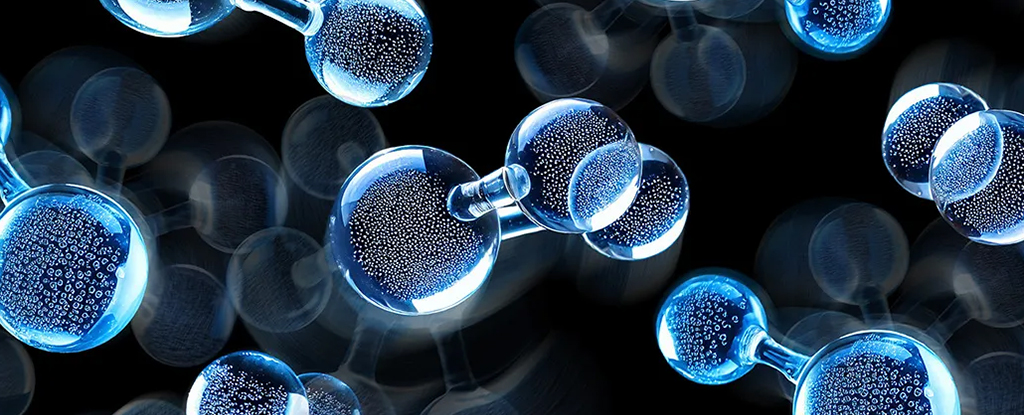NASA‘s latest study has sparked interest in the potential for microbial life beneath the icy surface of Mars. Although direct evidence of life on the Red Planet remains elusive, researchers suggest that meltwater trapped beneath layers of frozen water could create a suitable environment for microbial existence. Their findings, stem from sophisticated computer modelling that highlights how sunlight might penetrate water ice to enable photosynthesis in shallow meltwater pools.
Understanding Martian Ice
Mars features two primary types of ice: frozen water and frozen carbon dioxide. This study focuses on water ice, formed from ancient snow that accumulated dust during previous ice ages on the planet. As the dust particles absorb sunlight, they can raise temperatures within the ice, leading to melting beneath the surface. This process is significant because while the thin Martian atmosphere typically causes water ice to sublimate directly into gas, conditions beneath the ice layer could facilitate melting.
Analogies with Earth
Research on Earth shows that dust particles can create cryoconite holes—small water pockets within ice that provide habitats for microorganisms. Phil Christensen, a co-author and professor at Arizona State University, explains that this phenomenon allows sunlight to warm the ice from within, creating a nurturing environment for simple life forms. His earlier studies have laid the groundwork for this new paper by demonstrating that liquid water can exist within Martian ice under certain conditions.
Exploring Martian Conditions
The current research suggests that these shallow subsurface pools, potentially located in Mars‘ tropics (between 30 and 60 degrees latitude), could shield microbes from harmful radiation while preventing evaporation. This habitat could support a variety of life forms, including algae and cyanobacteria. Lead author Aditya Khuller from NASA’s Jet Propulsion Laboratory plans to conduct laboratory experiments to replicate Martian dusty ice, which will help refine the search for potential life in the cosmos.
For the latest tech news and reviews, follow Gadgets 360 on X, Facebook, WhatsApp, Threads and Google News. For the latest videos on gadgets and tech, subscribe to our YouTube channel. If you want to know everything about top influencers, follow our in-house Who’sThat360 on Instagram and YouTube.






